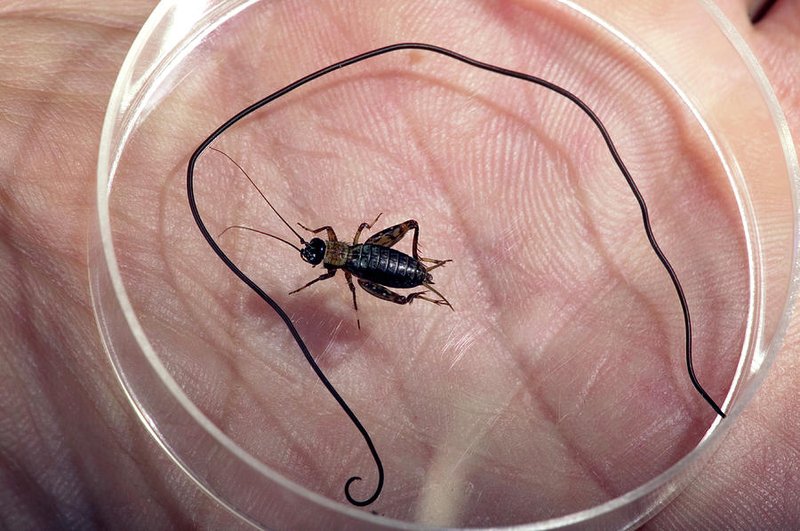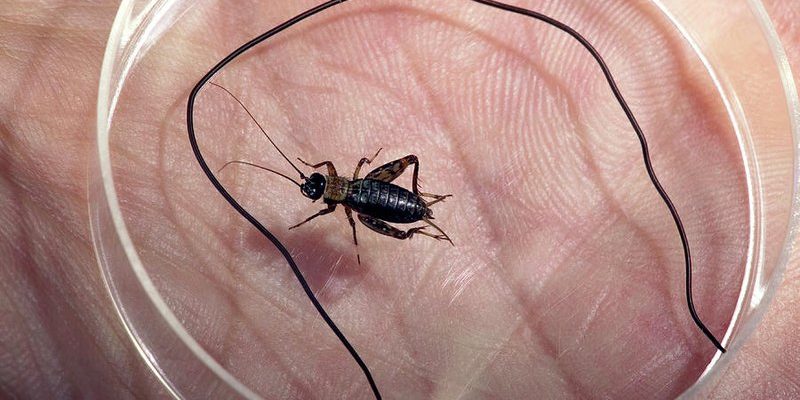
Hairworms, or *Spinochordodes tellinii*, are slender, greenish-brown worms that live inside their hosts, which are usually insects like grasshoppers or crickets. It’s almost like a wild science fiction story! Once they mature, these worms take over their host’s mind and compel them to seek water—a necessity for the worm’s reproduction. Understanding these behaviors can spark discussions on parasitism, ecosystems, and even the delicate balance of nature. Now, let’s delve into some incredible ways to use hairworms in school science demonstrations effectively.
The Basics of Hairworms: What Are They?
Hairworms are interesting little creatures that belong to the phylum Nematomorpha. These worms start their lives as eggs nestled within the bodies of insects, and they grow by consuming the host’s nutrients. It’s like a tiny, uninvited guest at a dinner party! By the time they reach maturity, these worms are ready to make a dramatic exit.
Once mature, the hairworm manipulates its host’s behavior, making it crave water. When the host finally leaps into a body of water, the worm emerges, often leaving the host behind. This odd relationship is a fascinating example of the complexity of nature. You might be thinking, why choose hairworms for a science demo? Well, they provide a real-world case study on parasitism, the life cycle of organisms, and even behavior modification.
How Hairworms Can Enhance Your Science Curriculum
Incorporating hairworms into your science curriculum can be both educational and engaging. They can help illustrate key concepts in biology, such as life cycles, ecosystems, and the interactions between different species. You could kick off a unit on ecology with a brief overview of hairworm life cycles, using visuals or videos to show how these creatures develop within their hosts.
For instance, you could create a short video clip that shows the life cycle of a hairworm, from egg to maturity. This resource not only provides a visual component but also helps students understand complex biological processes. Think of it as storytelling—you’re weaving a narrative that keeps the students interested while teaching them invaluable lessons about nature.
Demonstrating Hairworms: Safety and Ethics
When working with live creatures for educational purposes, safety and ethical considerations are paramount. While hairworms can be captivating, handling them requires care. Always ensure that your students are not directly interacting with the worms to prevent any unnecessary distress to both the students and the creatures.
Additionally, make sure to explain the role of hairworms in their ecosystem. Discuss how they contribute to biodiversity and the importance of respecting all life forms, even the ones that might seem odd or unsettling. This approach teaches students not only about science but also about empathy toward living organisms.
Hands-On Activities with Hairworms
You can take your demonstrations a step further by incorporating hands-on activities. One idea is to create a simulation of the hairworm’s life cycle.
- Start by having students observe images or videos of hairworms in various stages of their life cycle.
- Next, divide them into small groups and assign each group a specific stage to focus on. They can create posters or digital presentations about what happens during that stage.
- Finally, each group can present their findings, allowing for a comprehensive understanding of hairworm biology.
This interactive approach not only solidifies their understanding but also fosters teamwork and creativity.
Comparing Hairworms to Other Parasites
To give students broader context, you can compare hairworms to other well-known parasites, such as tapeworms or roundworms. Discuss how these organisms interact with their hosts and how their life cycles differ.
For instance, while both hairworms and tapeworms rely on hosts for survival, their methods of influence vary significantly. Hairworms manipulate their host’s behavior, while tapeworms absorb nutrients without altering their hosts’ actions. This comparison can lead to discussions on evolution, adaptation, and the fascinating world of parasitism.
Wrapping Up: The Value of Learning Through Nature
Using hairworms in school science demonstrations offers a unique opportunity to connect students with the wonders of biology. These worms serve as an example of how complex and fascinating nature can be. By integrating hairworms into lessons, you’re not just teaching your students about parasites—you’re inviting them to explore the interconnectedness of life and the delicate balance of ecosystems.
So the next time you plan a science demo, think outside the box. Consider using hairworms to engage your students in lively discussions about nature’s quirks and the remarkable strategies organisms use to survive. You’ll spark curiosity and inspire future biologists, ecologists, and environmentalists along the way.

